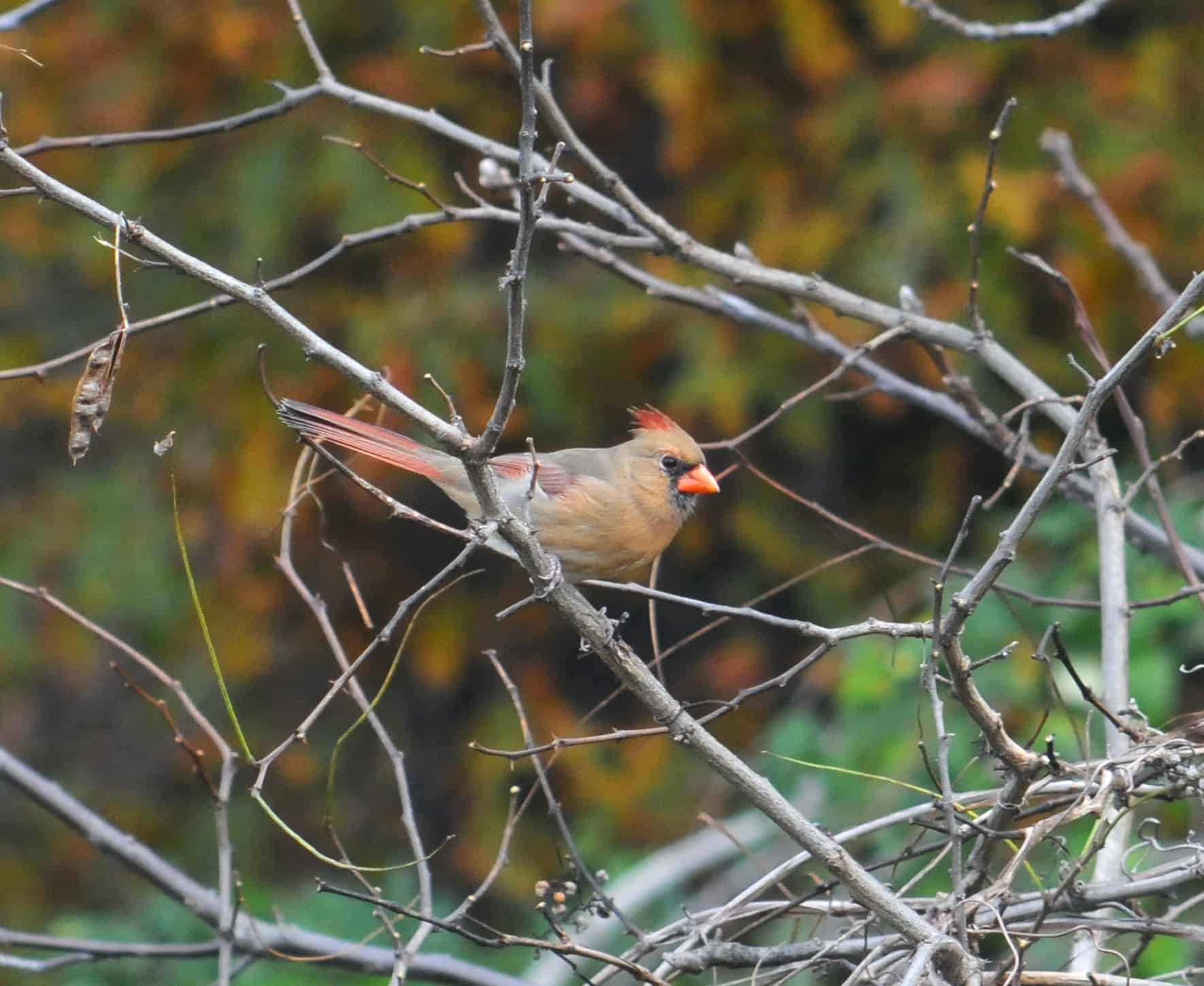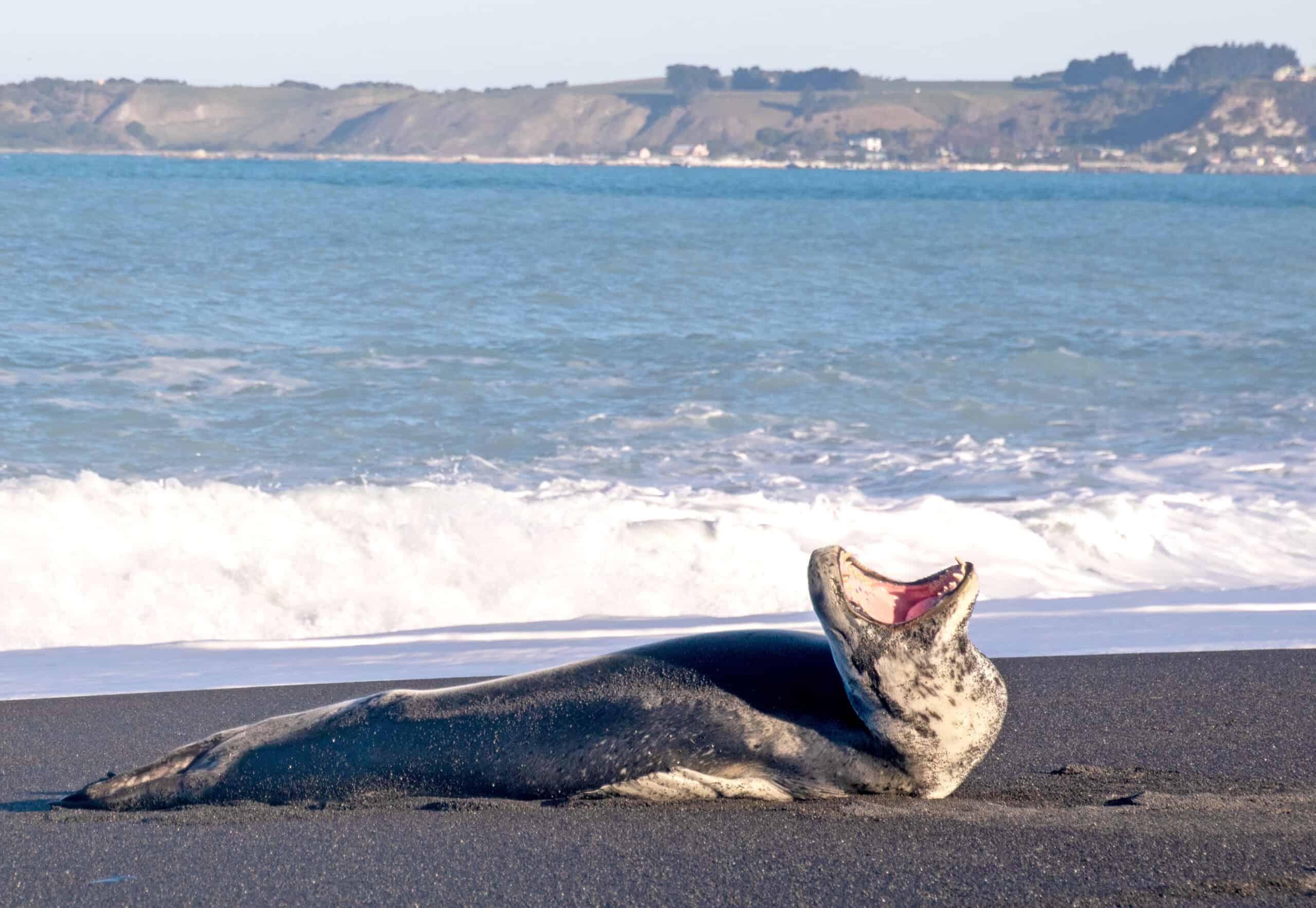Share this article
Wildlife Featured in this article
- Lapland longspur
- Grass wren
- Northern cardinal
Southern birds are replacing northern species in Canada’s protected areas
These areas may offer a steppingstone to birds fleeing warmer temperatures
Protected areas often provide a buffer for wildlife affected by the environmental changes taking place around them. But researchers found climate change may be altering these areas in Canada faster than nonprotected areas, raising questions about how much of a buffer these preserves can offer.
In southern Canada, the researchers found that bird communities were shifting to warm-loving birds faster inside protected areas, suggesting that these areas weren’t providing much of a haven to the cold-seeking birds that once inhabited them.
Leena Hintsanen, a doctoral researcher at the University of Helsinki, led a study published in Conservation Biology that sifted through two decades of data collected by citizen scientists to see how bird communities had changed.
“A similar kind of study had been done in Finland,” Hintsanen said. “This was a great opportunity to broaden the scale and move into North America.”
Using a Canadian North American Breeding Bird Survey dataset spanning from 1997 to 2019, she and her team looked at the birds identified by citizen scientists and categorized whether the species were found inside or outside of protected areas.
The findings surprised them. Sightings in earlier surveys showed protected areas were dominated by species like the Lapland longspur (Calcarius lapponicus), which breed in colder, northerly areas. That’s probably because protected areas are more likely to contain old-growth forests and microclimates that benefit cold-dwelling species, the researchers concluded.
But over time, those bird communities changed, becoming dominated by warm-dwelling species usually found farther south. That was happening outside protected areas, too, but not as quickly. Hintsanen believes that may be because the conditions that cold-loving species sought out inside protected areas were disappearing.
“It wasn’t the result we were expecting,” she said. “The rate of change was faster in protected areas. We were expecting that the protected areas would maintain the cold-dwelling species more efficiently. But it seems like actually protected areas and the communities within them are changing much faster than the communities outside of protected areas.”
This change can be challenging, Hintsanen said, as southern species like grass wrens (Cistothorus platensis) and northern cardinals (Cardinalis cardinalis) move north looking for suitable climates, taking over niches that cold-dwelling species occupy. While protected areas may not be serving northern species as much as they used to, Hintsanen said, they might help southern species adapt to rising temperatures.
“The results might suggest that protected areas actually can act as a steppingstone for the warm-dwelling species to move forward to northern areas,” she said.
Header Image: Southern species like the northern cardinal are reaching farther north looking for a more suitable climate. Credit: Aleksi Lehikoinen








